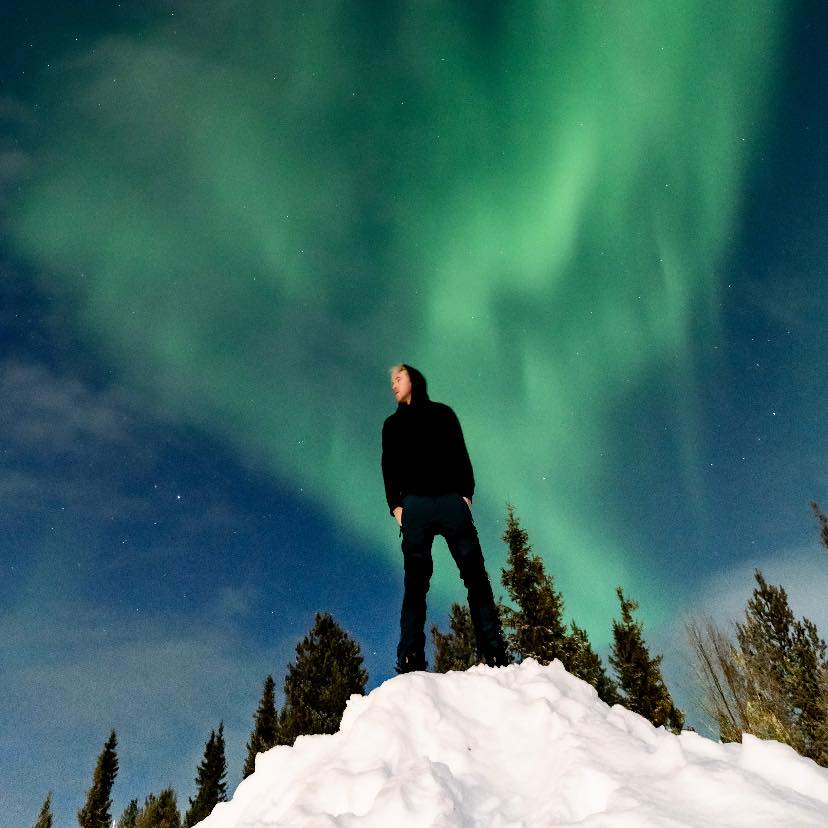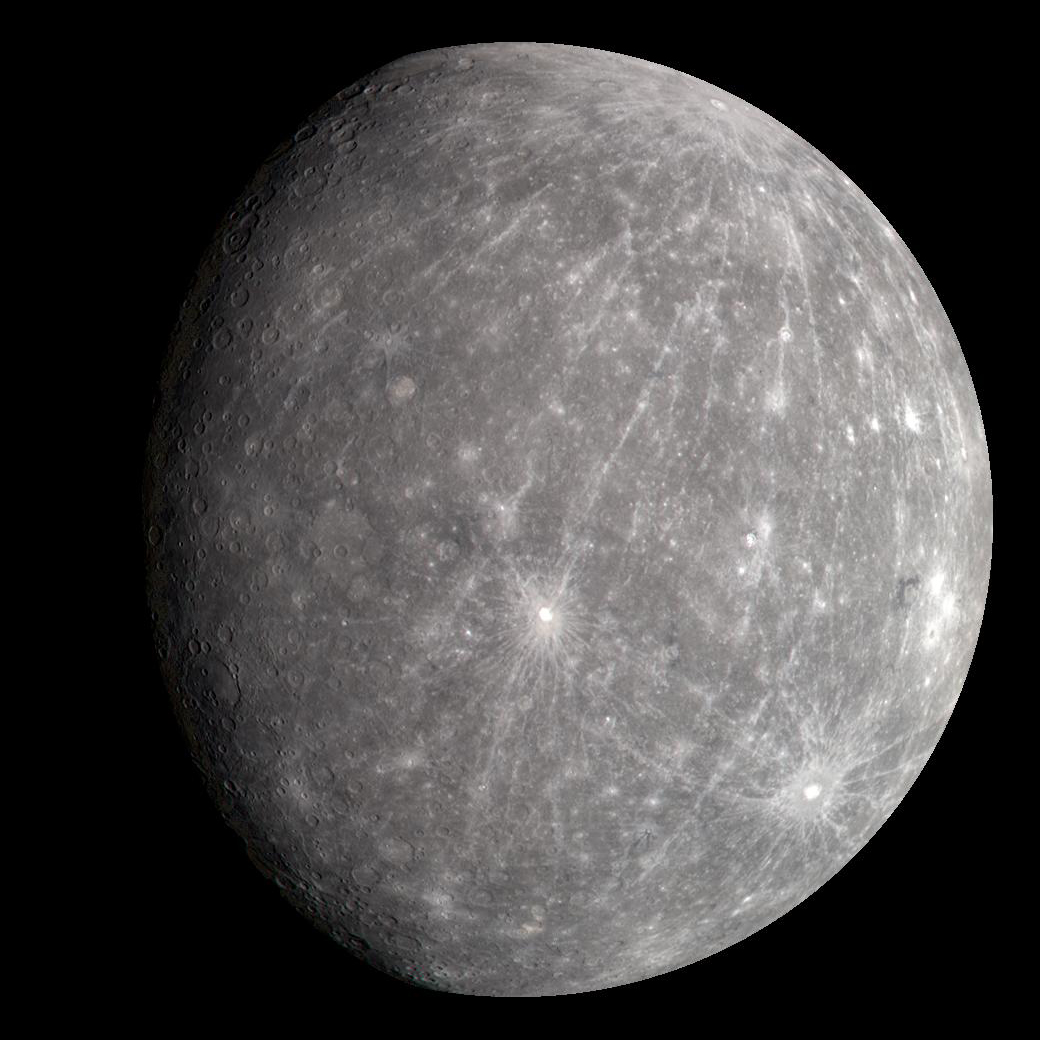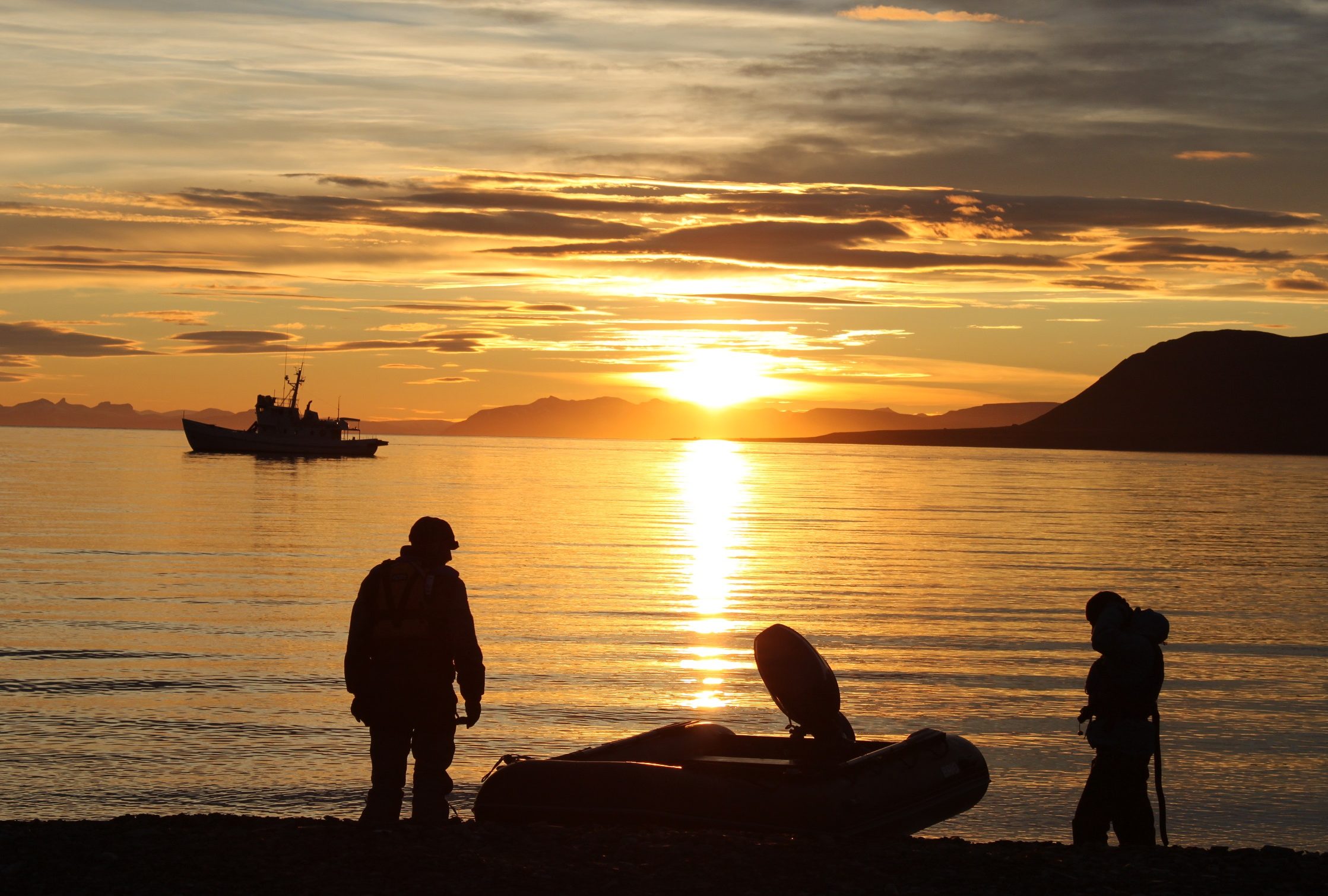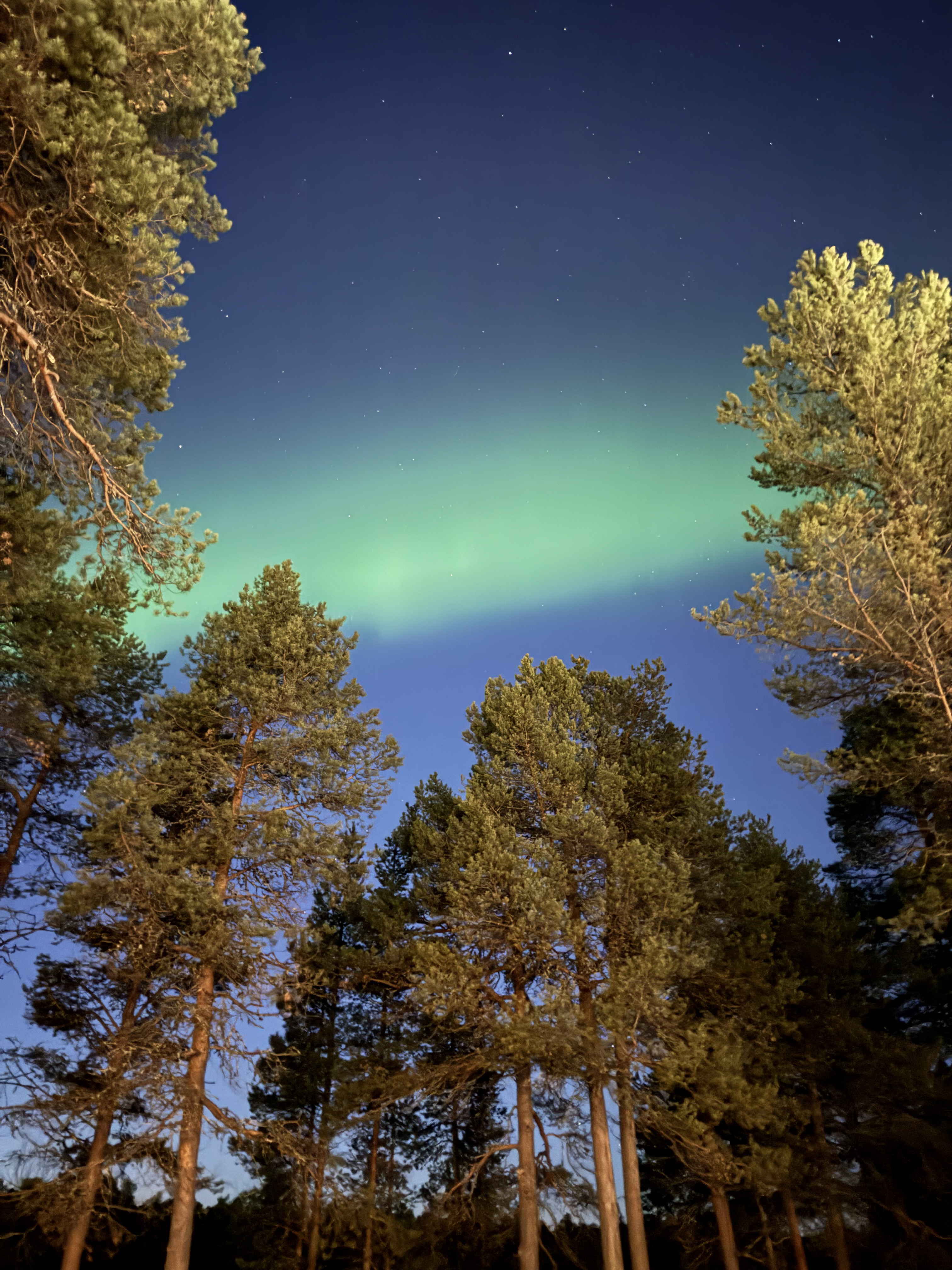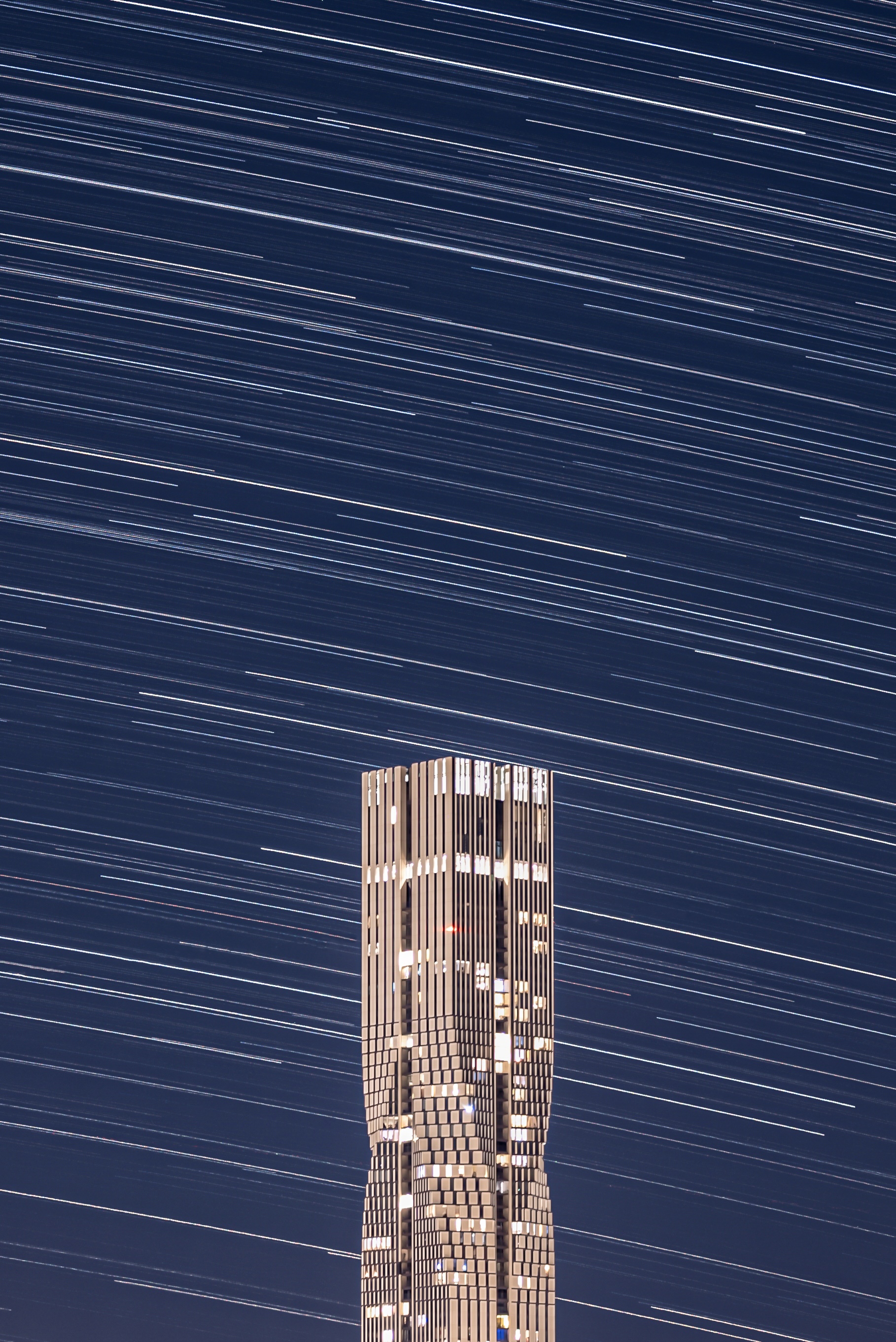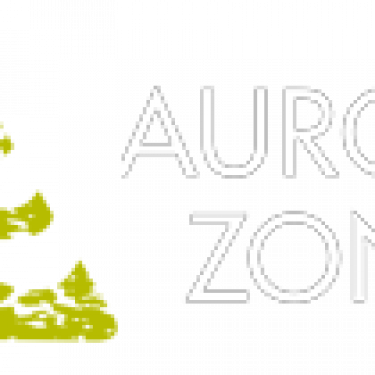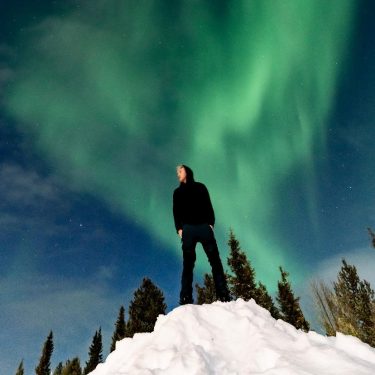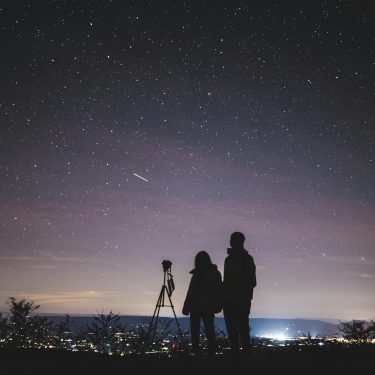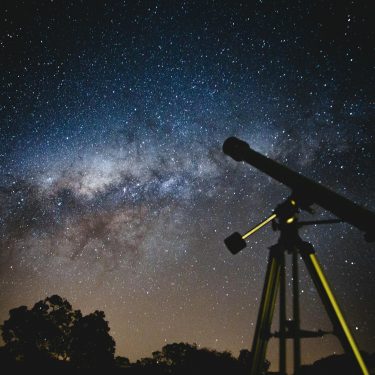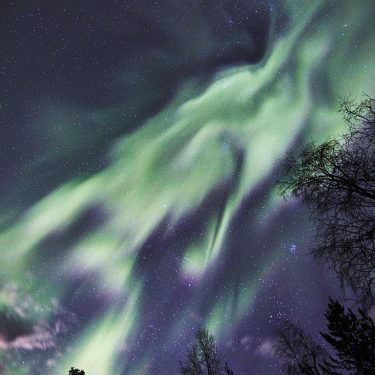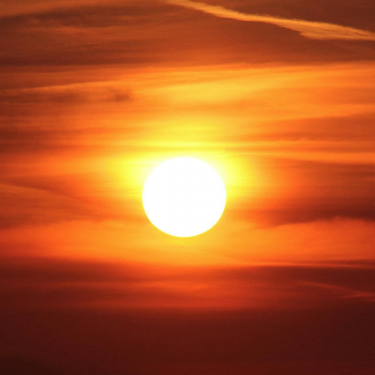Some might think that there is nothing to observe astronomically during the summer months, but it’s quite the opposite. The summer months offer ample objects and events to observe during our short evenings, so strap in, because June is the start of a few fantastic months of stargazing!
June 11 – Strawberry Moon
The Strawberry Moon is the name given to the full moon in June. The term comes from Native American and European traditions, marking the time when wild strawberries ripen, so if you live in the countryside, keep your eyes peeled for some fruity pathside snacks. Despite its name, the moon doesn’t appear red or pink, its colour remains similar to any other full moon. However, it can look golden when low on the horizon. I find the best time to observe the moon is the day before Full Moon, this is when it rises in the pink and purple hues of sunset in the Eastern sky.
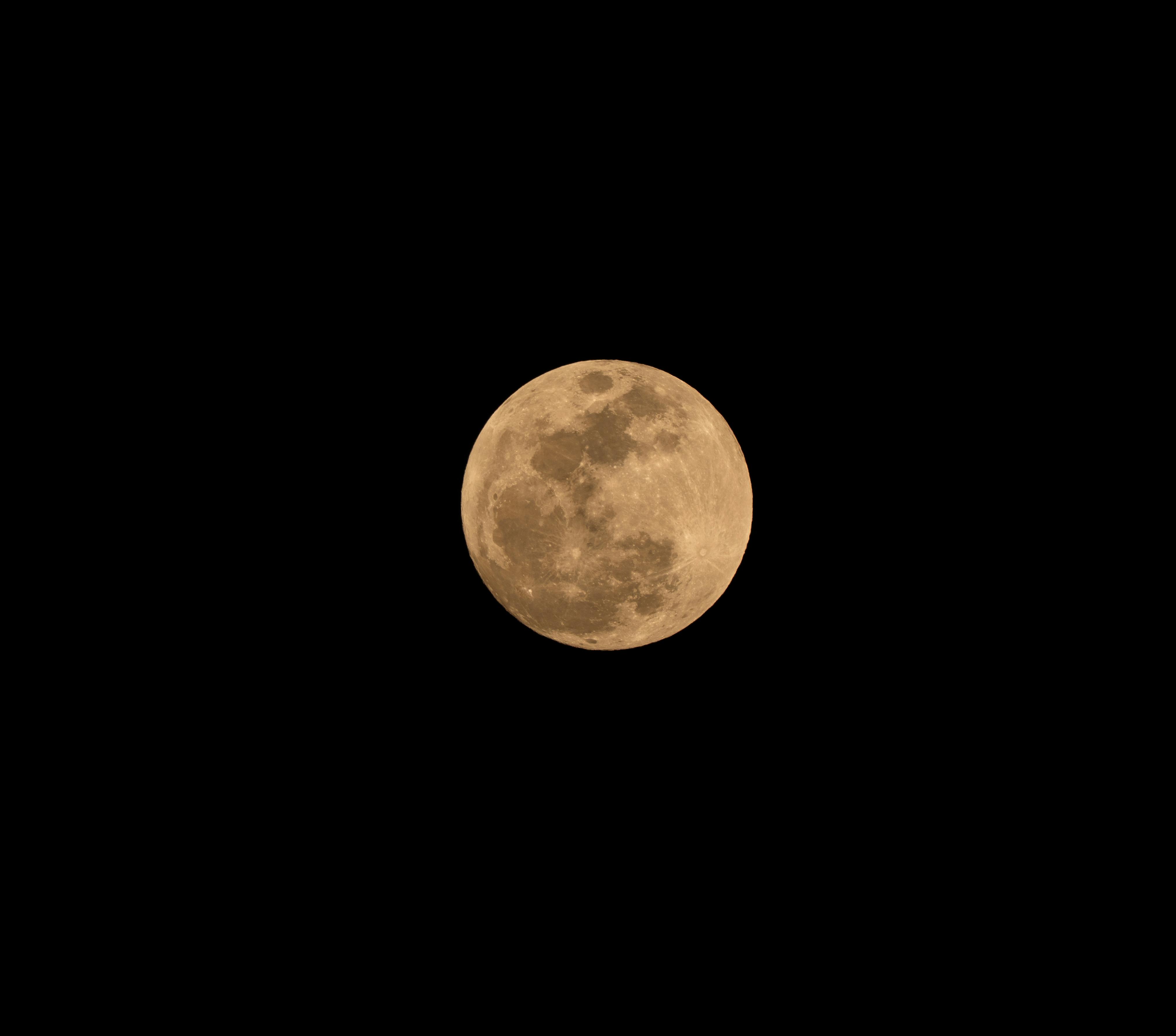 Strawberry Moon – Rajesh S Balouria
Strawberry Moon – Rajesh S Balouria
June 19 – Moon-Saturn Conjunction
In the very early morning of June 19th, around 2:30 am, the Moon and Saturn will rise together in conjunction in the eastern sky. The Moon will be close to 50% illuminated, and Saturn will appear as a faint star just below. If you use a telescope to look at them, you will observe spectacular craters on the surface of the Moon and Saturn and it’s beautiful ring system.
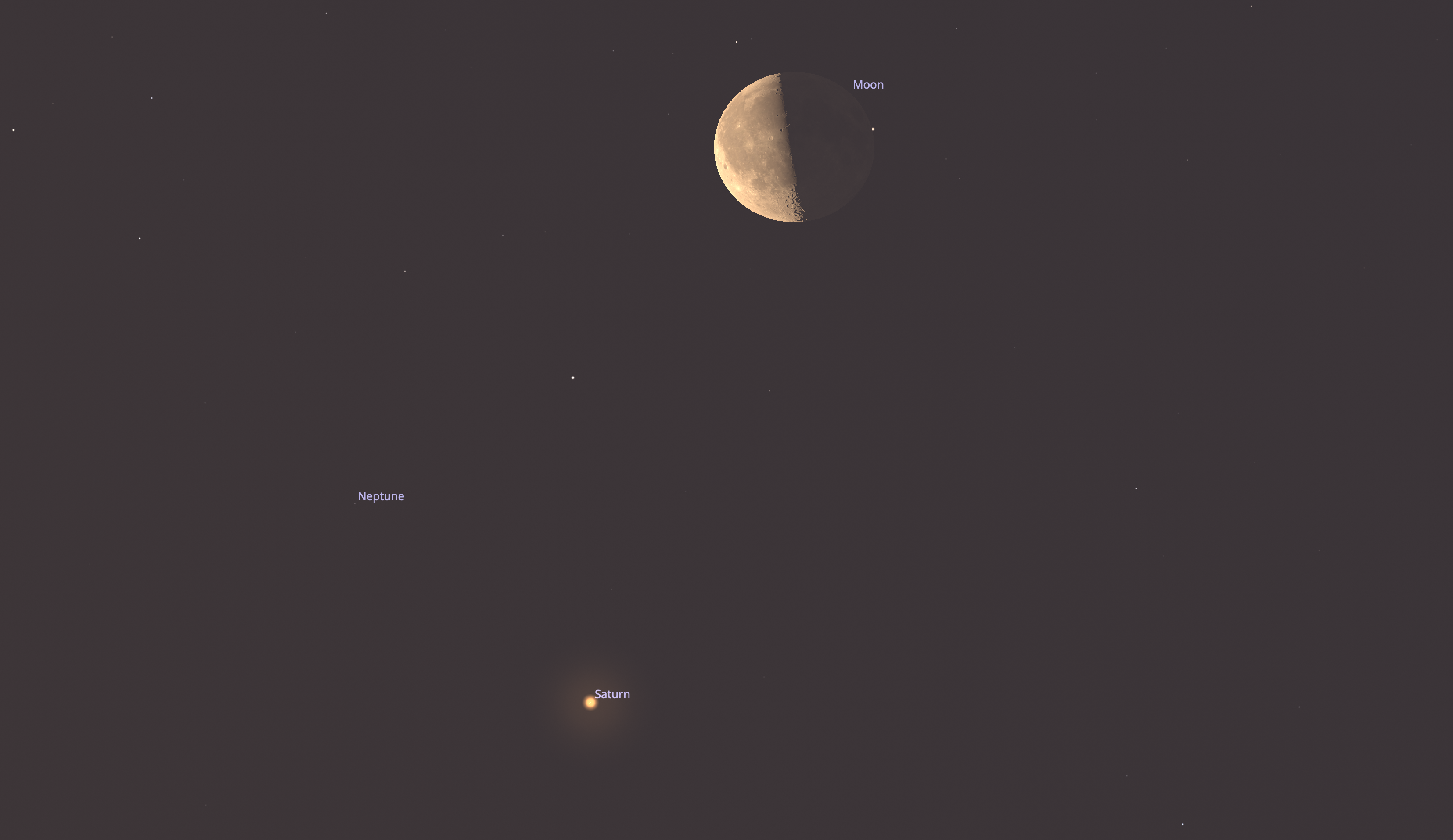 Moon Saturn Stellarium
Moon Saturn Stellarium
June 21 – Summer Solstice
The summer solstice marks the longest day and shortest night of the year in the Northern Hemisphere. It occurs when the North Pole is tilted closest to the Sun, usually around June 20 or 21. In 2025, it happens on June 21. This event signals the official start of astronomical summer. The Sun reaches its highest point in the sky, resulting in extended daylight hours. Cultures worldwide celebrate the solstice with festivals, with Scandinavia famously hosting midsummer festivals on a public holiday.
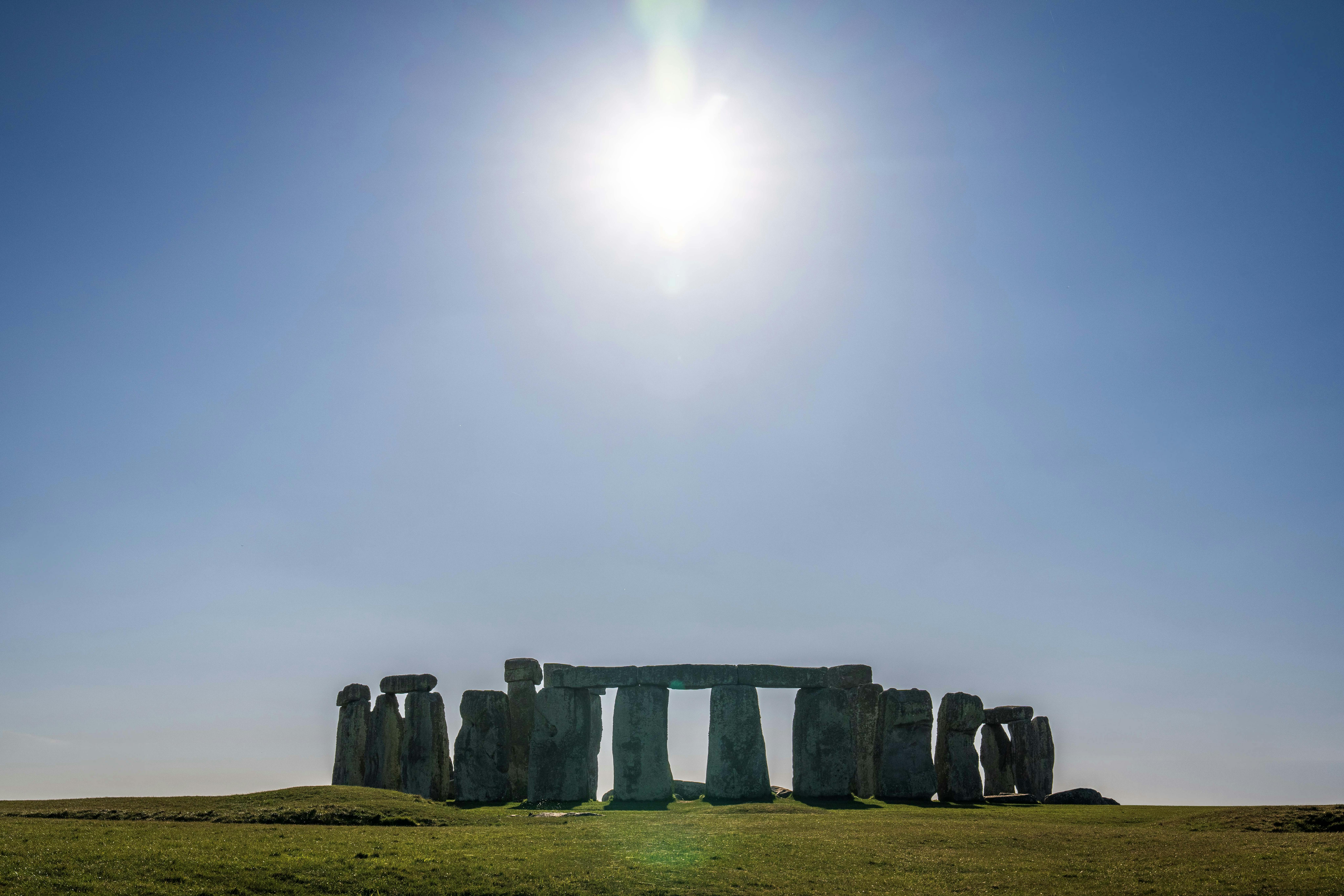 Summer Solstice – Mark Stebnicki
Summer Solstice – Mark Stebnicki
June 25 – New Moon
The New Moon occurs exactly 14.8 days after the Full Moon when the Moon moves into position between the Earth and the Sun. Because of this, the opposite face of the Moon is bathed in sunlight. The Earth-facing side is dark in the sky in the daytime, making it extremely difficult to see. This time of the month is a fantastic time to stargaze as there will be no natural light pollution from the Moon.

New Moon – Vladyslav Dushenkovsky
June 30 – Moon-Mars Conjunction
At the end of the month, there will be a close conjunction between Mars and the Moon. Late in the evening on June 30th, Mars and the Moon will appear close in the sky just after sunset. Mars will be difficult to spot as the evenings are at their lightest this month. However, it’s worth keeping an eye out for to end a great month of stargazing.
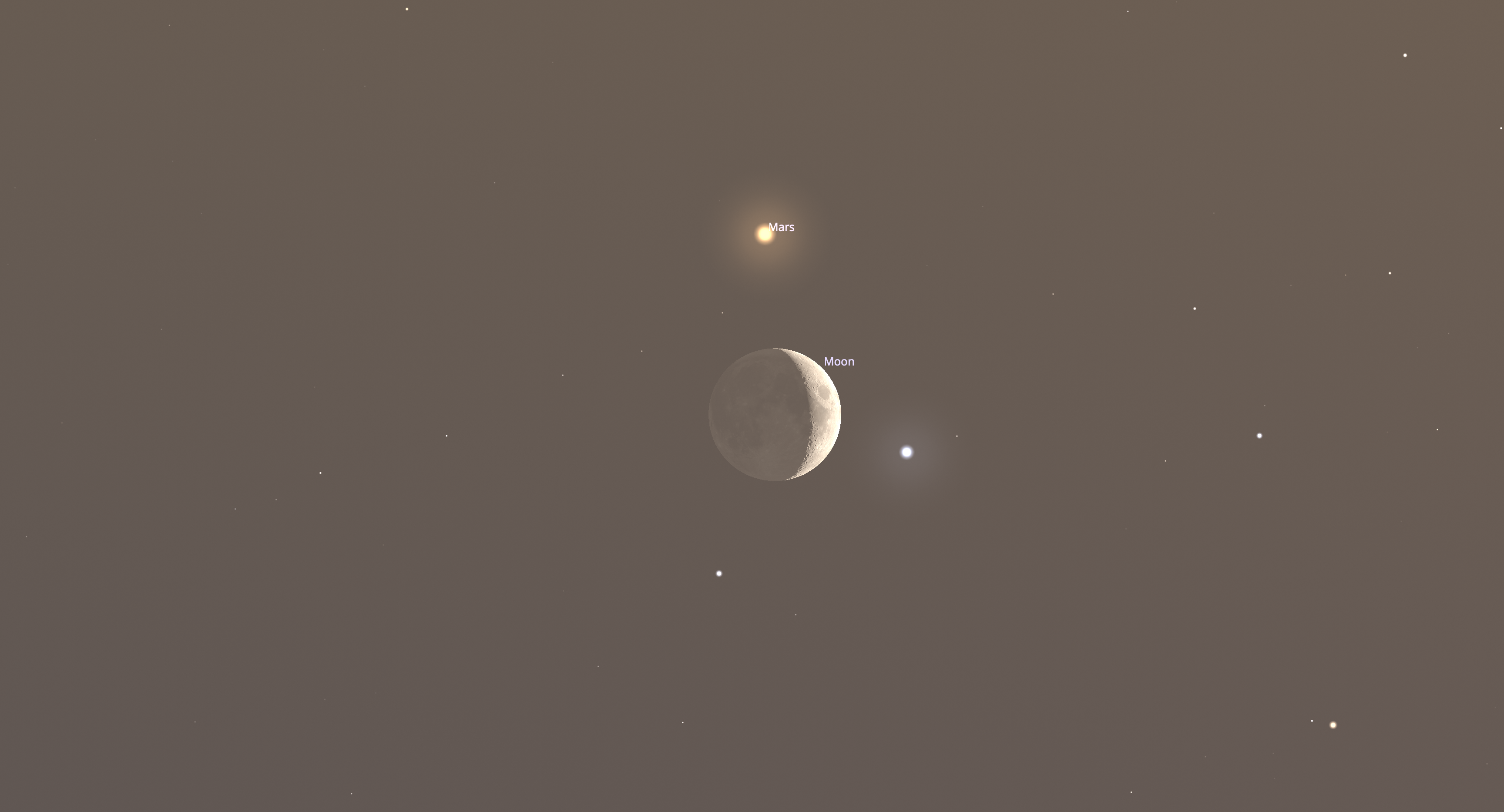
Moon Mars Stellarium
All Month – Noctilucent Clouds
Over the next few months, we will start to see an increase in Noctilucent Cloud activity in the northern hemisphere. Noctilucent clouds are rare, high-altitude clouds that glow after sunset and before sunrise in the northern and eastern sky. They form about 80 kilometres (50 miles) above Earth’s surface in the mesosphere, making them the highest clouds in our atmosphere. Composed of tiny ice crystals, they’re visible during summer at high latitudes when the Sun is just below the horizon. The sunlight illuminates these clouds from below, causing them to shimmer with a bluish or silvery light, making them a stunning and unusual atmospheric phenomenon.
We’ve seen some mesmerising displays of NLCs, and they are definitely worth keeping in mind throughout the summer months.
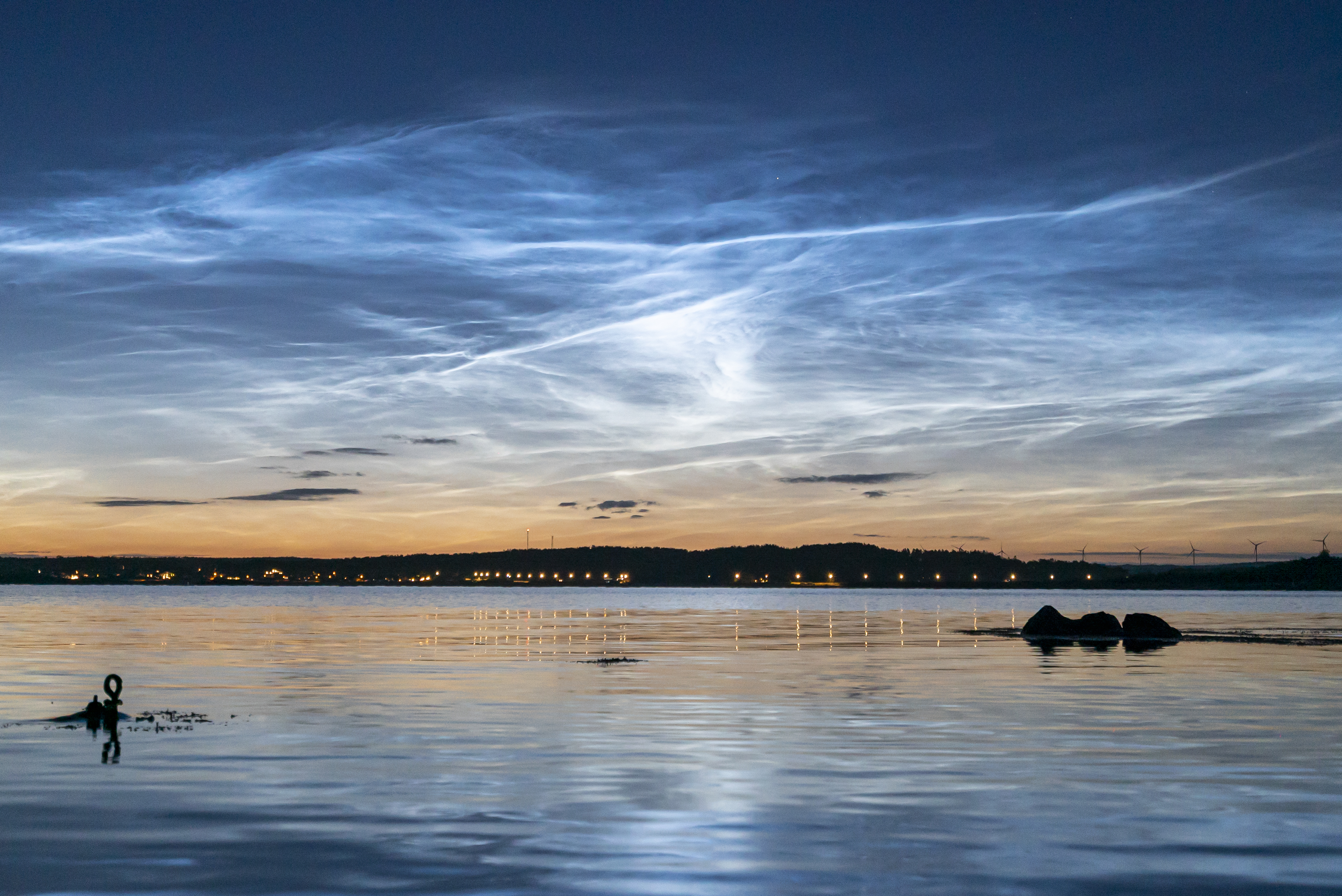
NLC – Matt Robinson
Travel with The Aurora Zone
Talk to one of our travel experts today and get a tailored quote for your next adventure!
Take a look at our social media pages to see what our guests have experienced in The Aurora Zone.
Marketing & Press Enquiries | tel: 01670785012 | marketing@theaurorazone.com
Image Credits: Matt Robinson, Vladyslav Dushenkovsky, Rajesh S Balouria, Mark Stebnicki






